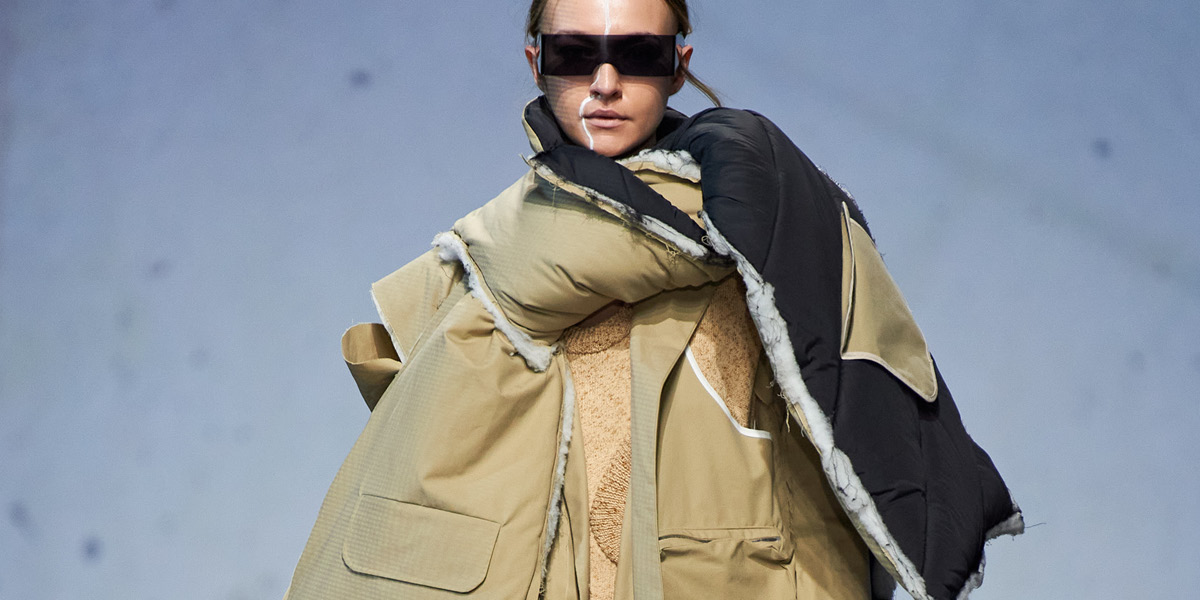-
How to become a
Textile Designer

Who is the Textile Designer?
Textile Designers are fashion industry professionals in charge of designing and drawing fabric collections for brands, across different areas (women's, men's, children's, patterns and more).
Possessing strong visual sensibility and a great flair for colour harmonies, they are able to interpret contemporary languages by proposing solutions that best suit the end customer.
Textile Designers have great technical and specialistic knowledge in the field of fibres, weaves, fabrics and materials, as well as basic prototyping and collection development skills.
With the advancement of new technologies and software, in addition to creativity (an important characteristic for any area of design), it is increasingly required to have interdisciplinary skills ranging from traditional visual representation to technological-digital one and, no less important, should be able to convey their design message through communication and social platforms.
What does a Textile Designer do?
Textile Designers are in charge of developing fabric collections, having the knowledge and cultural and technical skills to manage the entire design and production process.
Analytically and systematically going through all the stages involved in the creation of a fashion product, starting from a brief, Textile Designers propose an initial collection concept, culminating in the creation of a mood board, then move on to the selection of colours and materials, up to the technical specification of the fabric and/or print in question and its prototyping. They must be able to interact with all professional figures in the fashion system.
Furthermore, increasingly in demand by companies and especially end consumers, is to consider virtuous and sustainable processes, with a strong environmental awareness, when designing textiles.
What skills should a Textile Designer have?
- Visual representation skills
- Ability to technically develop materials
- Ability to co-ordinate colour harmonies
- Ability to assess materials’ performance in relation to their use
- Ability to work in a team
- Knowledge of the fashion system and its culture
- Interdisciplinarity between the various fields of design and the arts
- Research and development capacity
- Connecting experimentation with market demands
How to become a Textile Designer?
You can become a Textile Designer through a university degree or first-level academic diploma, obtained at the end of a three-year course.
As the fashion system is constantly changing and evolving, more and more specialised skills are in demand, which can be obtained through a Master or Master's degree courses.
.png)
- Fashion Design, specialisation in Fashion Design (Bachelor of Arts)
- Textile Design (Master of Arts)